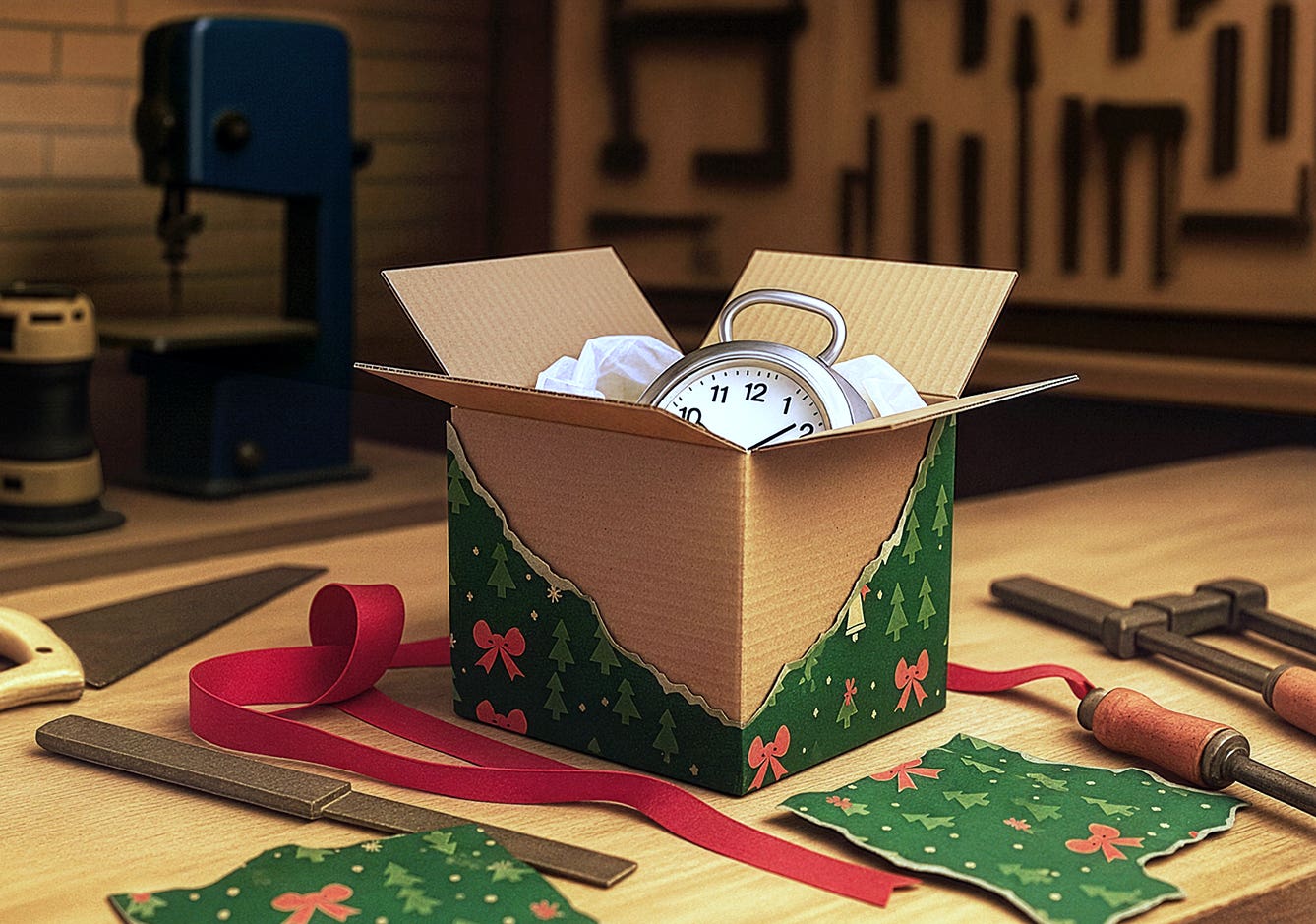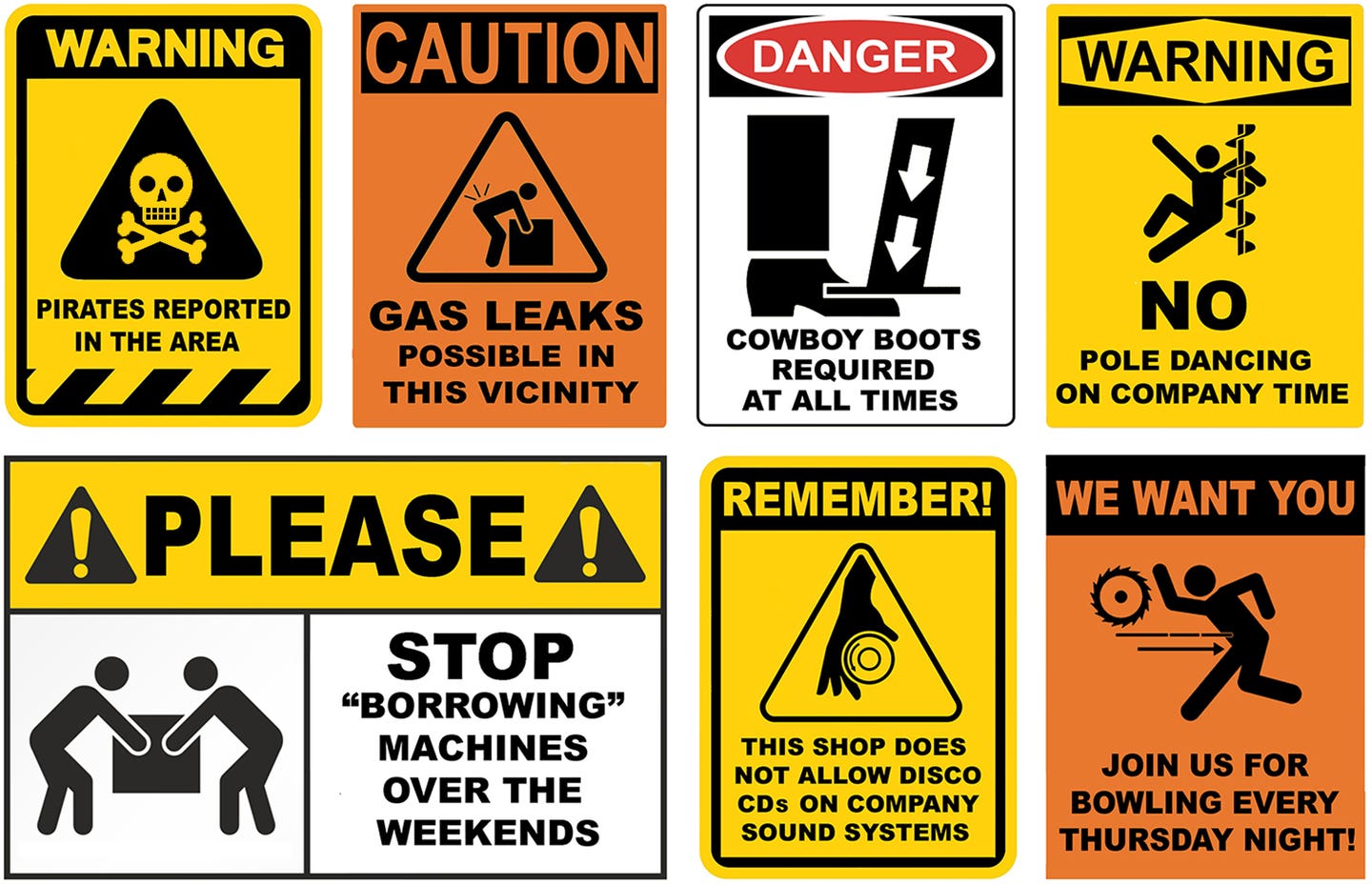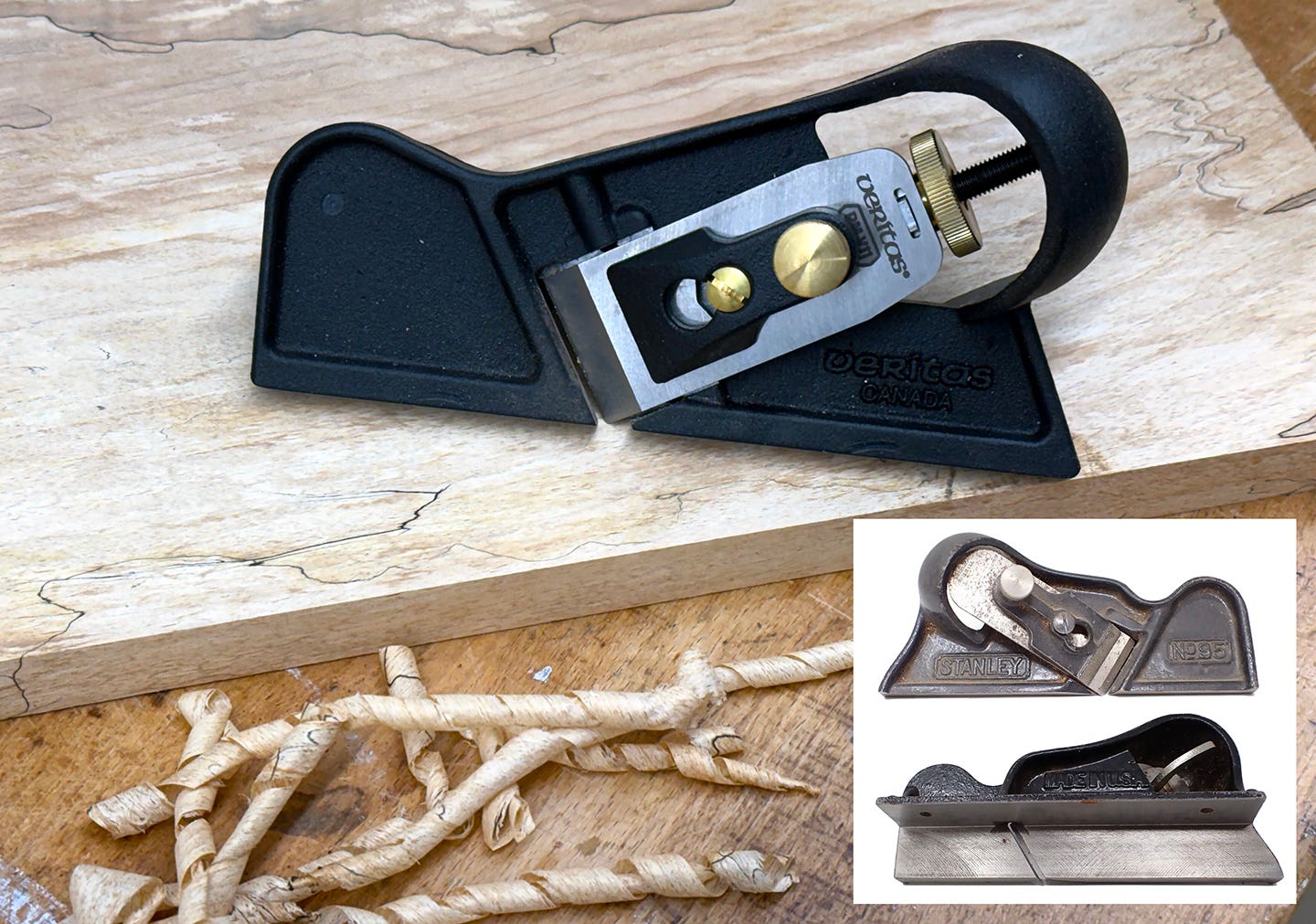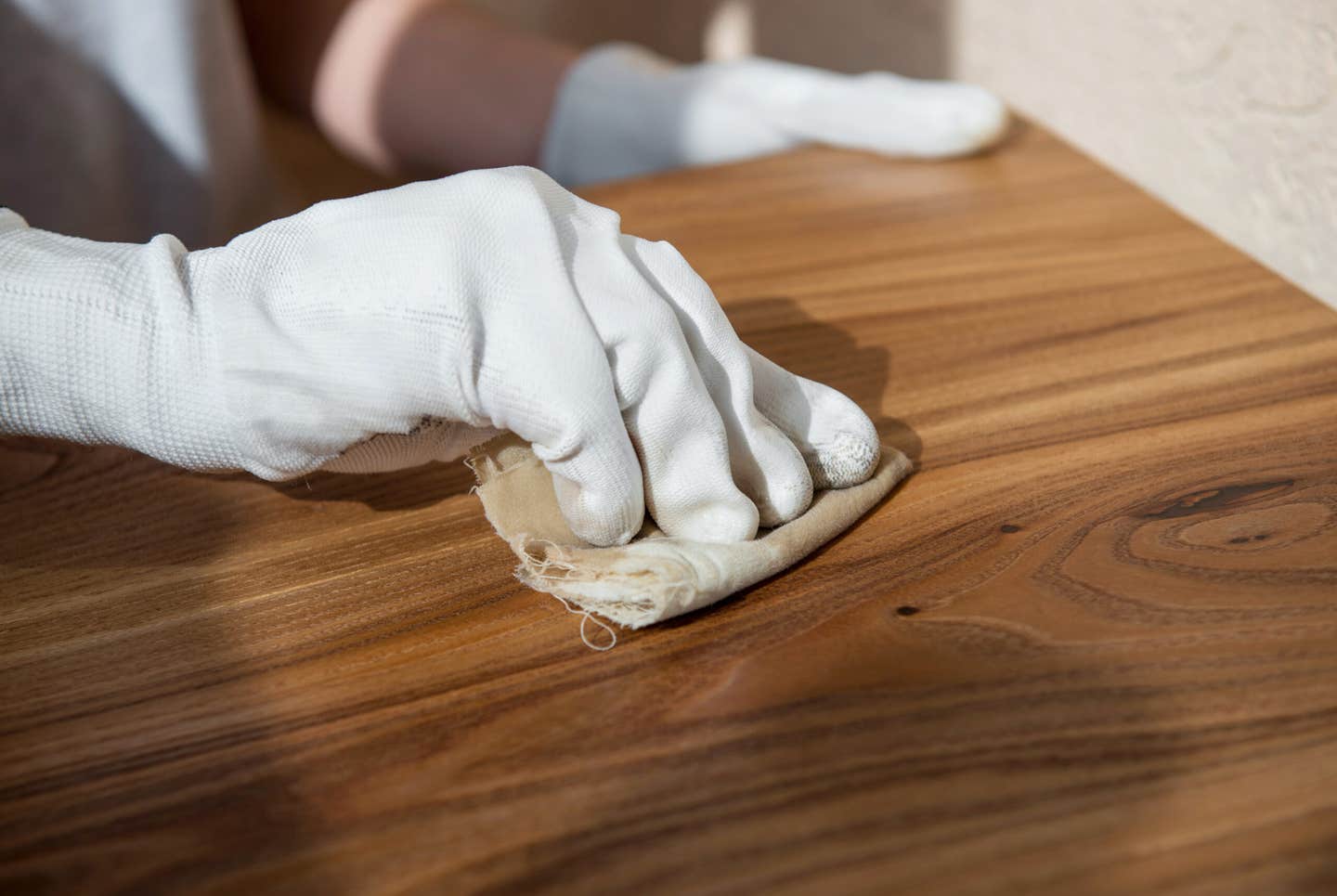Square no more
Shaping wood, either artistically or to serve a particular function, is a wonder to behold. Especially if you’re the one doing it.
Shaping wood, either artistically or to serve a particular function, is a wonder to behold. Especially if you’re the one doing it.
I talked last time about woodshop processes, like book-matching, that seem magical. Well, it’s not the only thing in the shop with a high abracadabra quotient. Shaping wood, no matter how you do it, can be just as magical and fascinating.
Whether it’s a shaper (appropriately), a router, a lathe or a humble carving knife, the process of starting with something square that ends up shaped entirely differently is not only fascinating, but fun. Lathes are probably at the top of my list of magical shapers.
It’s square, but once spinning and you simply touch a chisel to it, the shape changes before your eyes. You might have a specific shape in mind, like the handle I’m reproducing in the above photo. Or it may be entirely freeform with no mandatory end result, like a bowl or hollow vessel.
That’s not to say that a router bit, even something so common as a roundover or cove, isn’t equally entrancing. It is. But with routers and shapers you’re talking straight-line shaping, right-to-left, with the shape extending along the length exactly the same from start to finish. With a lathe, the shape is anything you want it to be at any point on the workpiece.
Only hand carving can top what a lathe does when it comes to magically reshaping a chunk of wood, but that’s a skill I lack. I’ve tried many times over the years and, sadly, I just don’t have the talent for it. When I’m at the lathe, though, I’m the Houdini of my woodshop.
A.J. Hamler is the former editor of Woodshop News and Woodcraft Magazine. He's currently a freelance woodworking writer/editor, which is another way of stating self-employed. When he's not writing or in the shop, he enjoys science fiction, gourmet cooking and Civil War reenacting, but not at the same time.







